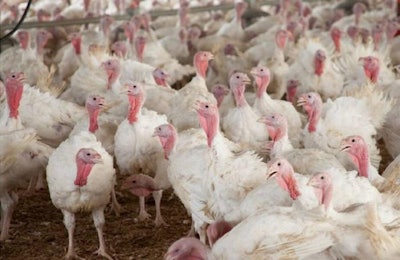
The Eurasian strain of highly pathogenic avian influenza seen in the avian flu outbreak of 2015 has not reappeared in the U.S. in 2016. And while it isn’t known why that particular strain of the virus has been absent in the country this year, one USDA official has a few ideas.
The 2015 avian influenza outbreak originated from a Eurasian strain of avian influenza that had not previously been seen in the U.S. However, the avian influenza cases found in Indiana in January originated from a strain of highly pathogenic avian influenza that was found in North American wild birds.
“We do know that strains of influenza have competitive edges over their neighbors. It is possible that the Asian strain that we saw last year has been out-competed by other North American strains,” Jere Dick, associate administrator for the USDA Animal and Plant Health Inspection Service (APHIS), said in a USDA Radio News broadcast.
Another theory Dick offered is that the migratory birds that helped spread the virus in 2015 may have developed antibody to clear themselves of that strain.
The U.S. avian influenza outbreak of 2015 resulted in the loss of more than 48 million birds from both commercial and backyard flocks. The Indiana outbreaks of 2016 affected 413,163 turkeys in Dubois County, Indiana. All affected properties have been disinfected and all related quarantines have been released.
The only other commercial poultry flock to have been affected by avian flu in 2016 was in a commercial turkey flock in Jasper County, Missouri. About 39,000 turkeys were affected.


















